PROTECT YOUR DNA WITH QUANTUM TECHNOLOGY
Orgo-Life the new way to the future Advertising by AdpathwayHoneysuckle plants often get a bad rap for crowding out native vegetation and taking over entire landscapes. It’s true that Asiatic species, such as Japanese honeysuckle (Lonicera japonica) and Amur honeysuckle (Lonicera maackii), can wreak havoc on native ecosystems despite their sweet-smelling blooms.
Choosing a native honeysuckle like ‘Major Wheeler’ lets you enjoy the plant’s beautiful flowers without worrying about a negative impact on the environment.
‘Major Wheeler’ is a specific cultivar of the coral honeysuckle plants that are native to the eastern United States. The vining plants become covered with loads of trumpet-shaped blooms in the summer and attract critters ranging from hummingbirds to butterflies.
In this guide, I’ll cover how to plant and care for this perennial at home and work it into native plant landscapes.
‘Major Wheeler’ Honeysuckle Overview
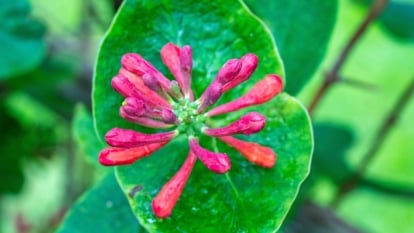
|
Plant Type Perennial Family Capricoliaceae Genus Lonicera Species Sempervirens |
Native Area Southeast United States Exposure Full sun to partial shade Height 3-20 feet Watering Requirements Moderate |
Pests & Diseases Aphids Maintenance Low Soil Type Well-draining Hardiness Zone 4-9 |
What Is It?
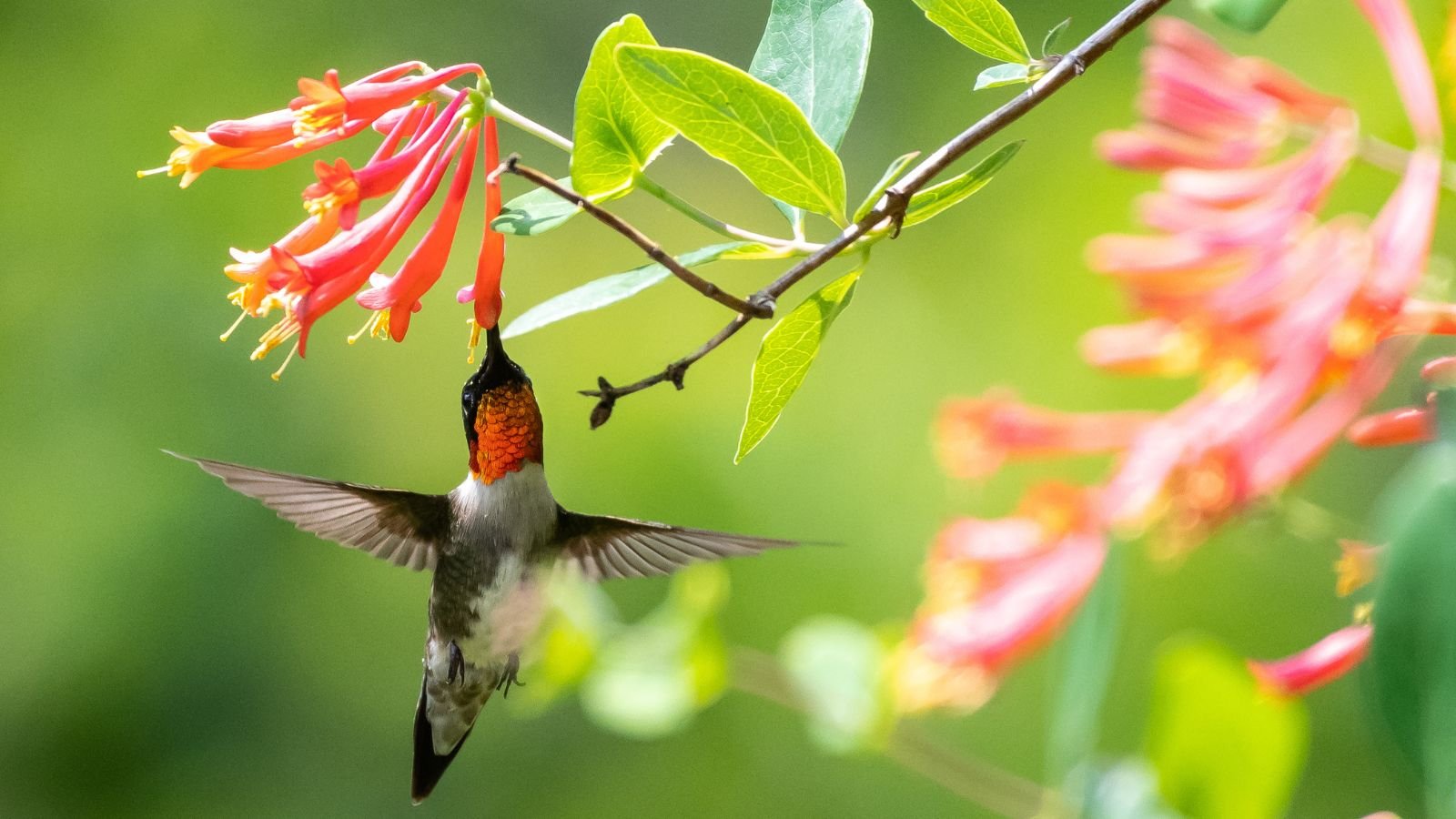 Honeysuckles attract a wide range of pollinators.
Honeysuckles attract a wide range of pollinators. ‘Major Wheeler’ honeysuckle is a cultivar of coral honeysuckle (Lonicera sempervirens). Compared to the straight species, this variety produces more vigorous growth and blooms over a longer period.
This variety was discovered in coastal North Carolina in the 1980s by Pat and Charles Wheeler. The couple noticed that a particular plant was growing vigorously and was covered with an impressive number of bright red blooms. Upon closer inspection, they realized it was growing at a construction site, so they dug up the plant and took it back to their home in Raleigh.
The Wheelers later shared cuttings of the plant with staff at the North Carolina Botanical Garden. Multiple horticulturists and organizations worked together to make what we now know as ‘Major Wheeler’ honeysuckle available to the public.
Characteristics
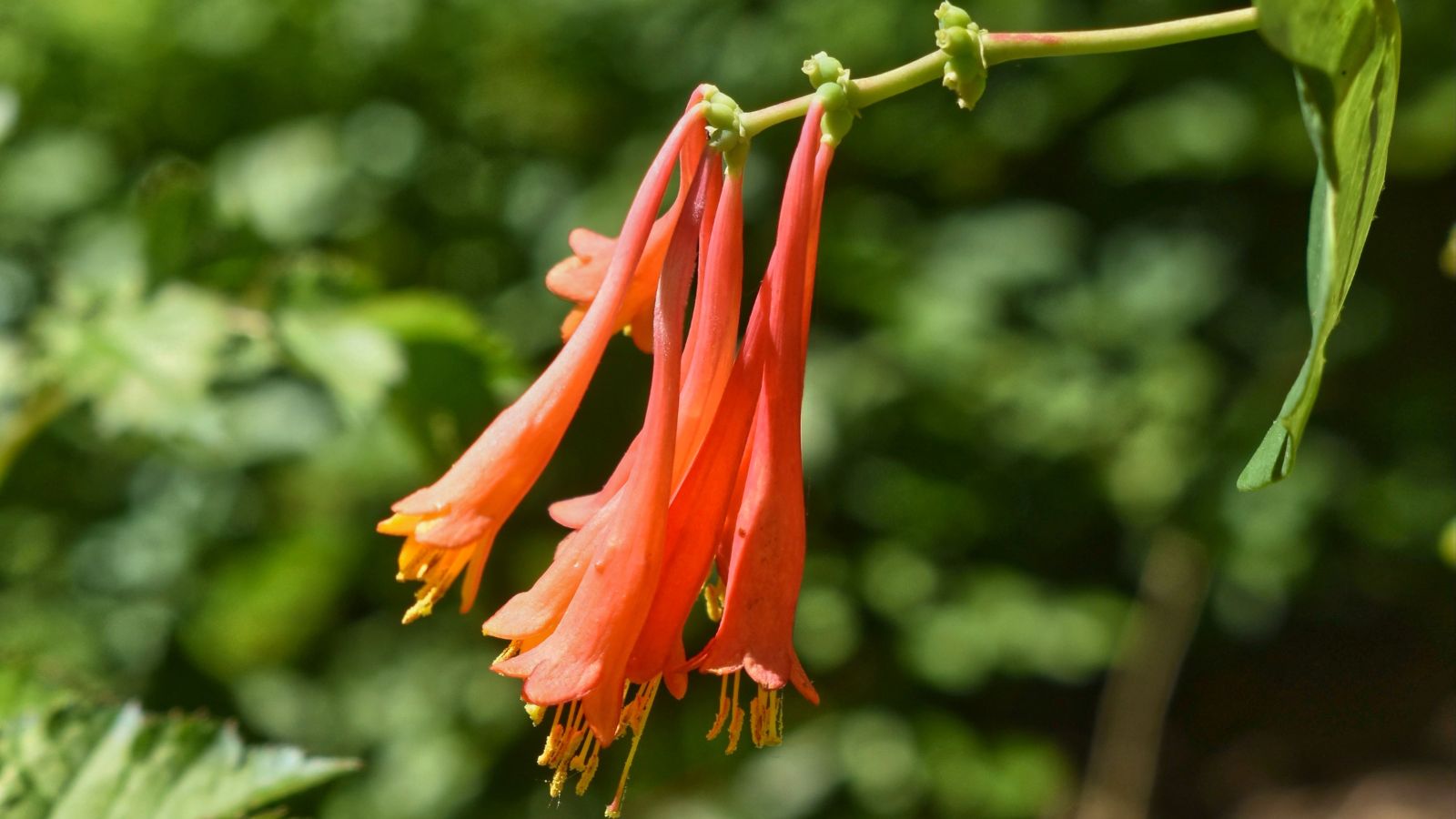 The flowers range from warm orange to deep pink.
The flowers range from warm orange to deep pink. ‘Major Wheeler’ honeysuckle is a vining perennial that can grow to impressive heights. The plants can climb up to twenty feet tall when provided with supports like fences, arbors, or trees, but they can also sprawl and act as a ground cover. The stems are slender and become covered with oppositely arranged ovate leaves.
Mature plants begin producing flowers in mid-to-late spring and continue flowering throughout the summer. This long bloom time helps set ‘Major Wheeler’ apart from other types of coral honeysuckle.
The cultivar’s long, tubular flowers appear in clusters of three at the end of new growth. Since multiple trios often occur together, the flowers create stunning pops of red or deep orange.
The flowers range in color from deep pink and orange to red, but all shades have yellow interiors and bright yellow stamens. Unlike some other honeysuckle species, the blooms are fragrance-free. You can spot many types of pollinators visiting the blooms, including hummingbirds, butterflies, and bees.
Native Area
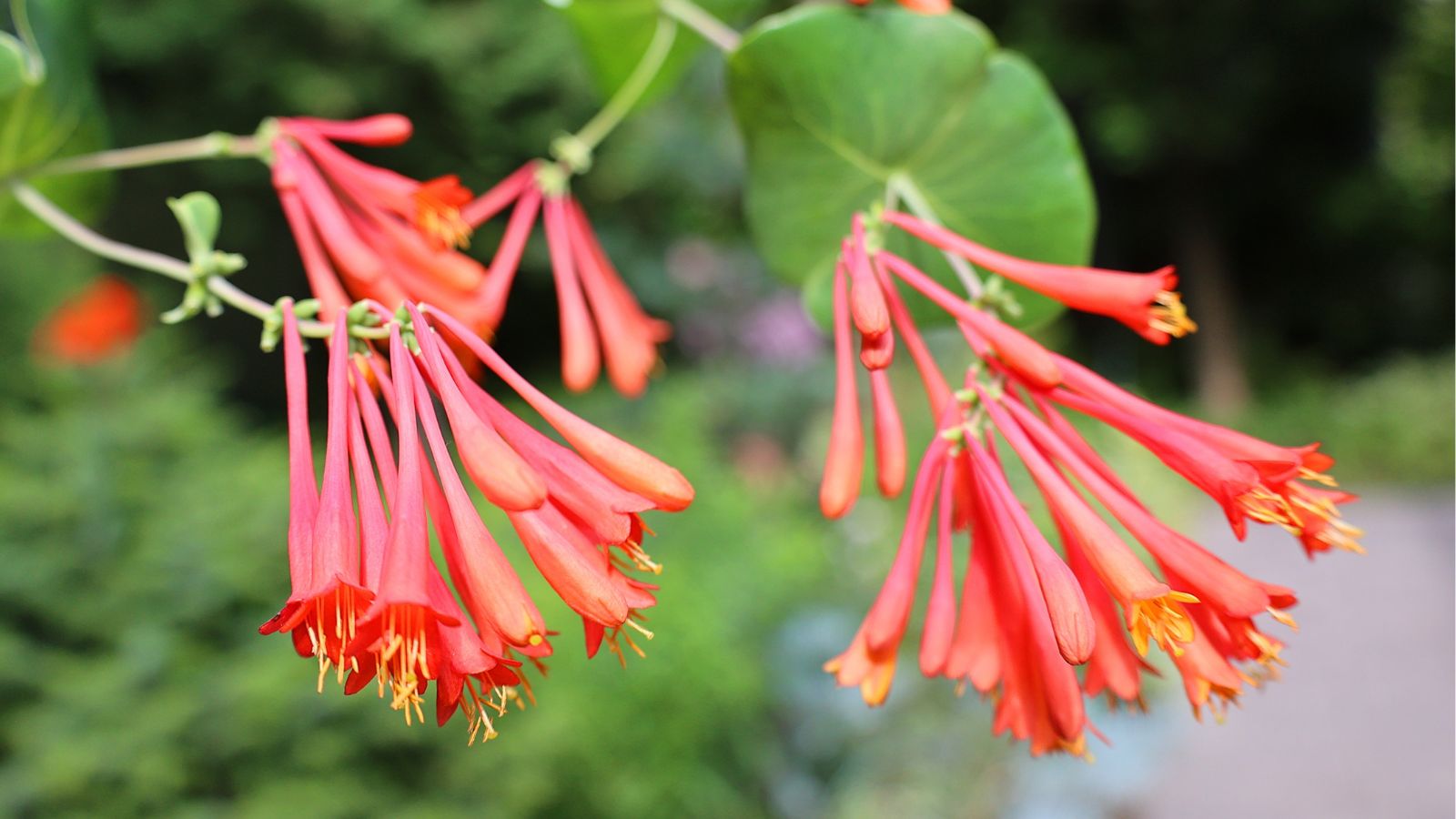 Unlike other honeysuckle species, this native is not invasive.
Unlike other honeysuckle species, this native is not invasive. Coral honeysuckle is native to the eastern United States, from Connecticut to Florida. It’s not fully known where the ‘Major Wheeler’ strain is native to, but you can safely grow it in this eastern portion of the United States.
Planting
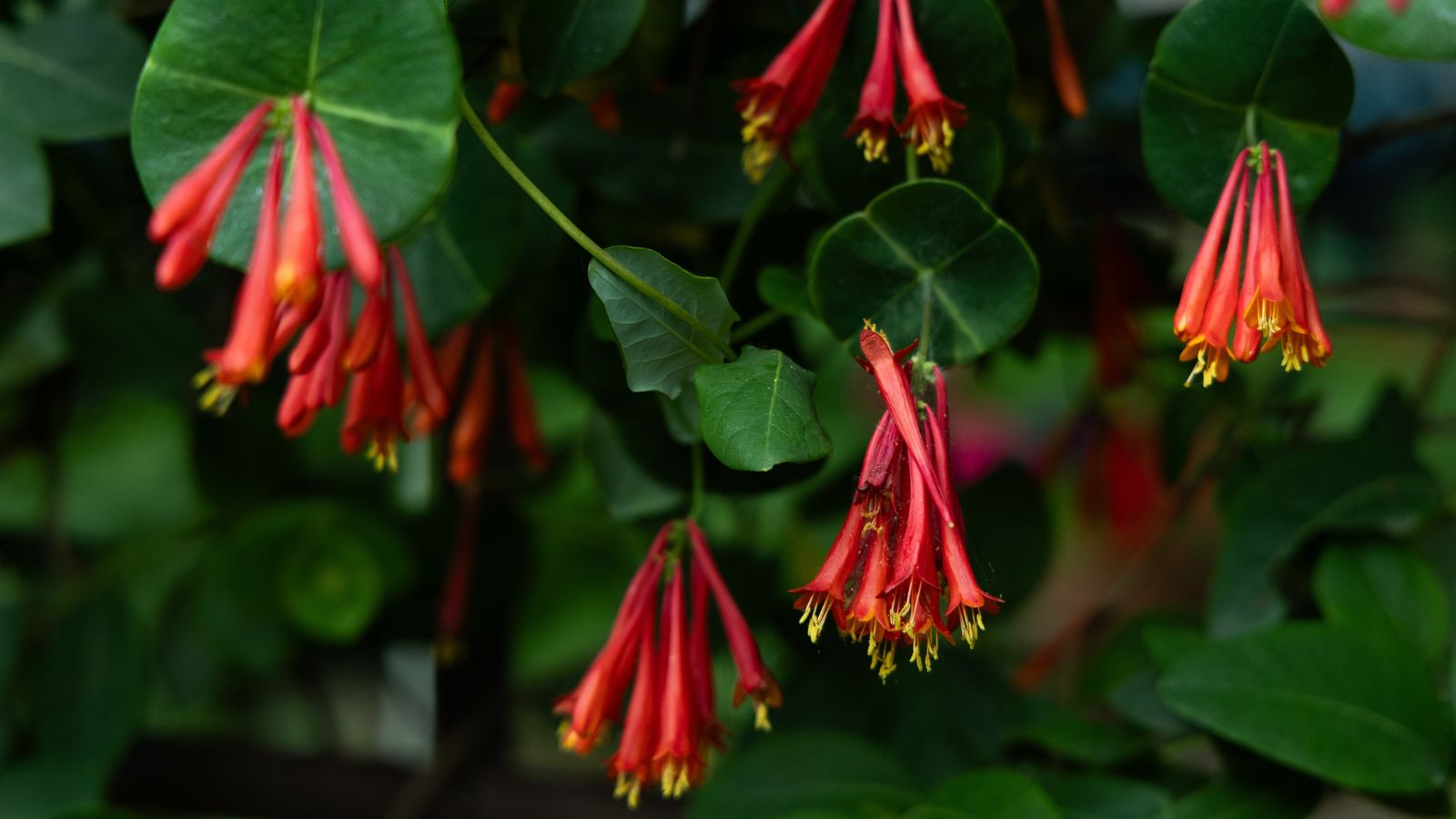 Transplant during cooler weather to prevent stress.
Transplant during cooler weather to prevent stress. Transplanting a young plant is the easiest and most reliable way to grow ‘Major Wheeler’ honeysuckle. This variety is one of the most common cultivars of coral honeysuckle, so you can easily find it in nurseries and even big box stores.
Spring and fall are the best times to transplant this perennial since their cool temperatures allow the plants to adapt to their new homes without intense temperature stress. Wait until after the last frost in the spring, and plant at least a month before the first fall frost. You can also transplant the vines in the summer, but you’ll need to provide lots of water during the weeks following planting.
Regardless of when you transplant, dig a hole that’s as deep and a bit wider than the plant’s rootball. Place the rootball in the hole and fill in the empty space with soil. Water well after planting, and continue to keep the soil moist for the following few weeks.
How to Grow
‘Major Wheeler’ honeysuckle is easy to care for when planted in the correct location. Follow these guidelines for proper care.
Light
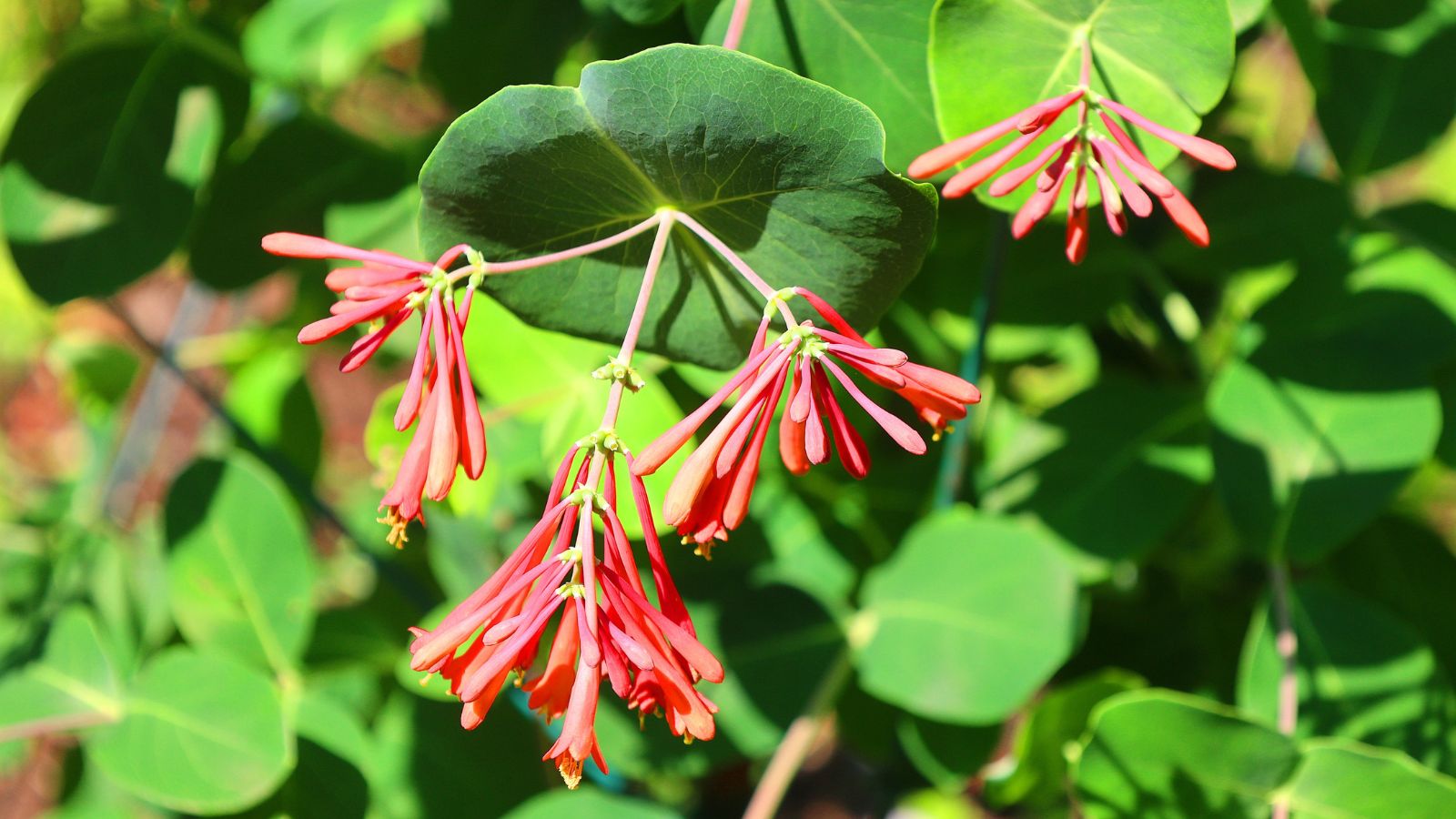 Full sun is preferred, but partial shade is also suitable.
Full sun is preferred, but partial shade is also suitable.This perennial grows best in full sun to partial shade. Plant it in a location that receives at least six hours of daily light to keep it healthy and happy. You can also plant ‘Major Wheeler’ honeysuckle in a spot that receives dappled light throughout the entire day.
Avoid planting in full shade. Although the plants may grow well, they’ll produce few, if any, flowers.
Water
 Frequent watering is important after planting.
Frequent watering is important after planting. Keep the soil around your plant moderately moist in the first month after transplanting. This consistent moisture will help the vine settle into its new home while its roots are still small.
As the plant grows larger and develops a robust root system, you won’t have to water as often. Watering once a week is often sufficient, especially if you mulch the soil around your honeysuckle. In many locations, natural rainfall will provide moisture, so you may only need to water during extended dry spells.
It’s best to apply water directly to the soil surface. This limits evaporation and also keeps the leaves dry. You can use a watering can or hose to irrigate near the base, or use drip irrigation.
Soil
 These vines can grow anywhere, as long as the soil drains well.
These vines can grow anywhere, as long as the soil drains well. These honeysuckles can tolerate a range of soils, as long as they’re well-draining and have a semi-acidic to neutral pH. Heavy clay, loam, and sandy soil can all work well.
If you notice that your soil is compacted, consider choosing an alternative location or aerating the soil before planting. Loosening the top foot of soil with a digging fork and mixing in some compost is an easy way to improve soil aeration.
Temperature and Humidity
 This vine handles both heat and cold well.
This vine handles both heat and cold well. ‘Major Wheeler’ honeysuckle can survive in zones three through nine. The plants don’t mind temperatures above 90°F (32°C) and can tolerate subzero temperatures in the winter. They can also tolerate high humidity, which is often found on the East Coast.
Fertilizing
 Amending the soil with compost provides the right amount of nutrients.
Amending the soil with compost provides the right amount of nutrients. These vines don’t require heavy doses of fertilizer to grow well and flower. Adding a nutrient-rich compost each spring is often enough to keep them healthy. If you’re concerned about nutrient needs, you can apply a small amount of balanced fertilizer in the spring.
Avoid applying too much fertilizer, since this can cause more harm than good. You should also avoid high-nitrogen fertilizers, which can lead to robust foliage but few flowers.
Maintenance
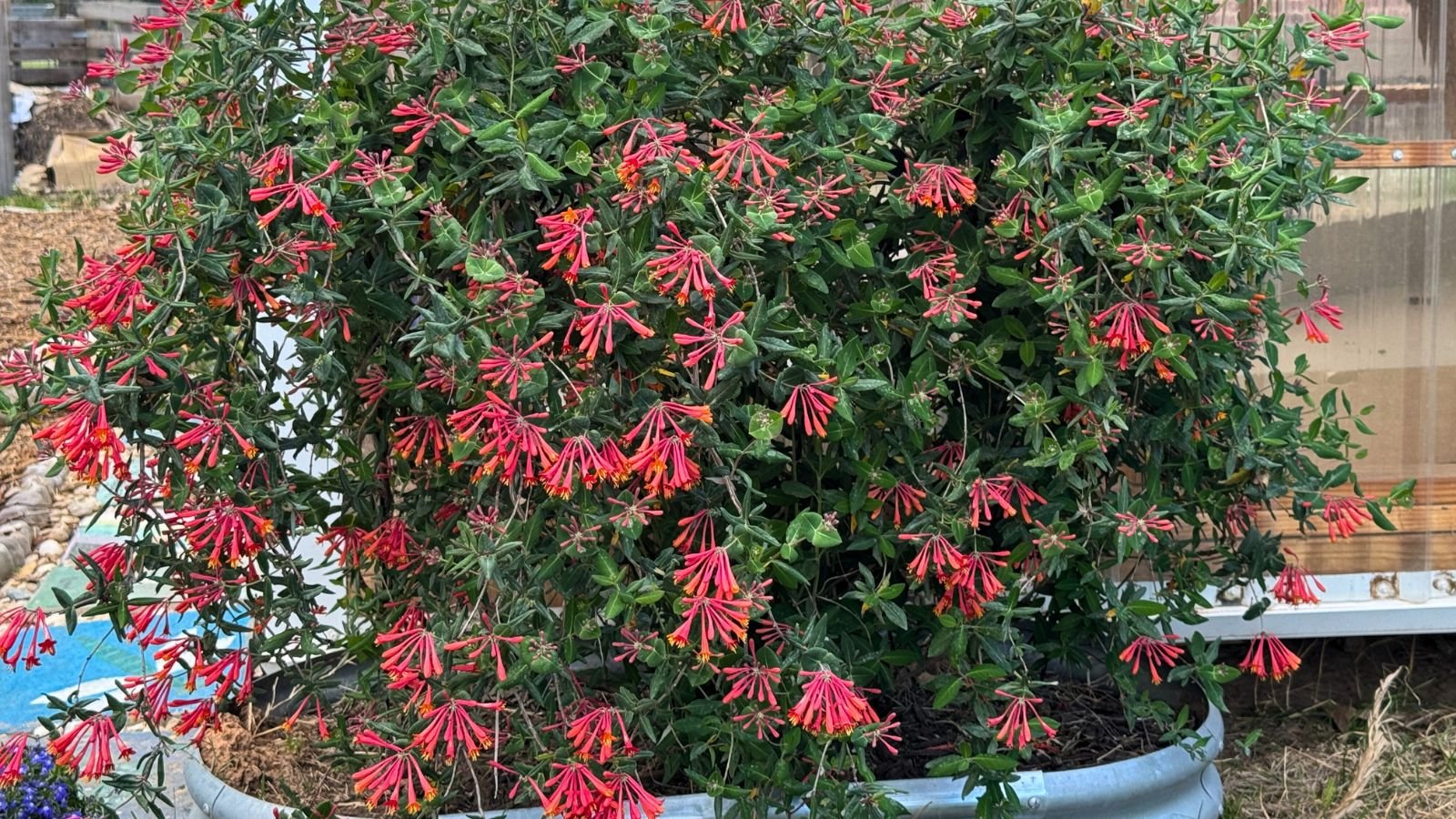 Trim vines if they become unruly.
Trim vines if they become unruly. These vines are low-maintenance once they’re well established. You won’t need to prune, trim, or deadhead the plants.
If you want your vine to climb up an arbor, fence, or other structure, you may need to spend some time training the plant to grow where you want it. Guiding the stems towards the trellis is often sufficient, but you may need to tie larger stems to supports.
Older honeysuckles can become unruly, so you’ll probably have to trim wild stems if you want to keep a neat appearance. However, I think the whimsical, twirling stems are part of this vine’s appeal.
Propagation
Propagating ‘Major Wheeler’ honeysuckle is easy, and there are multiple ways you can create more of these perennials. Stem cuttings are the quickest and most reliable, but you can also propagate from seed.
Seeds
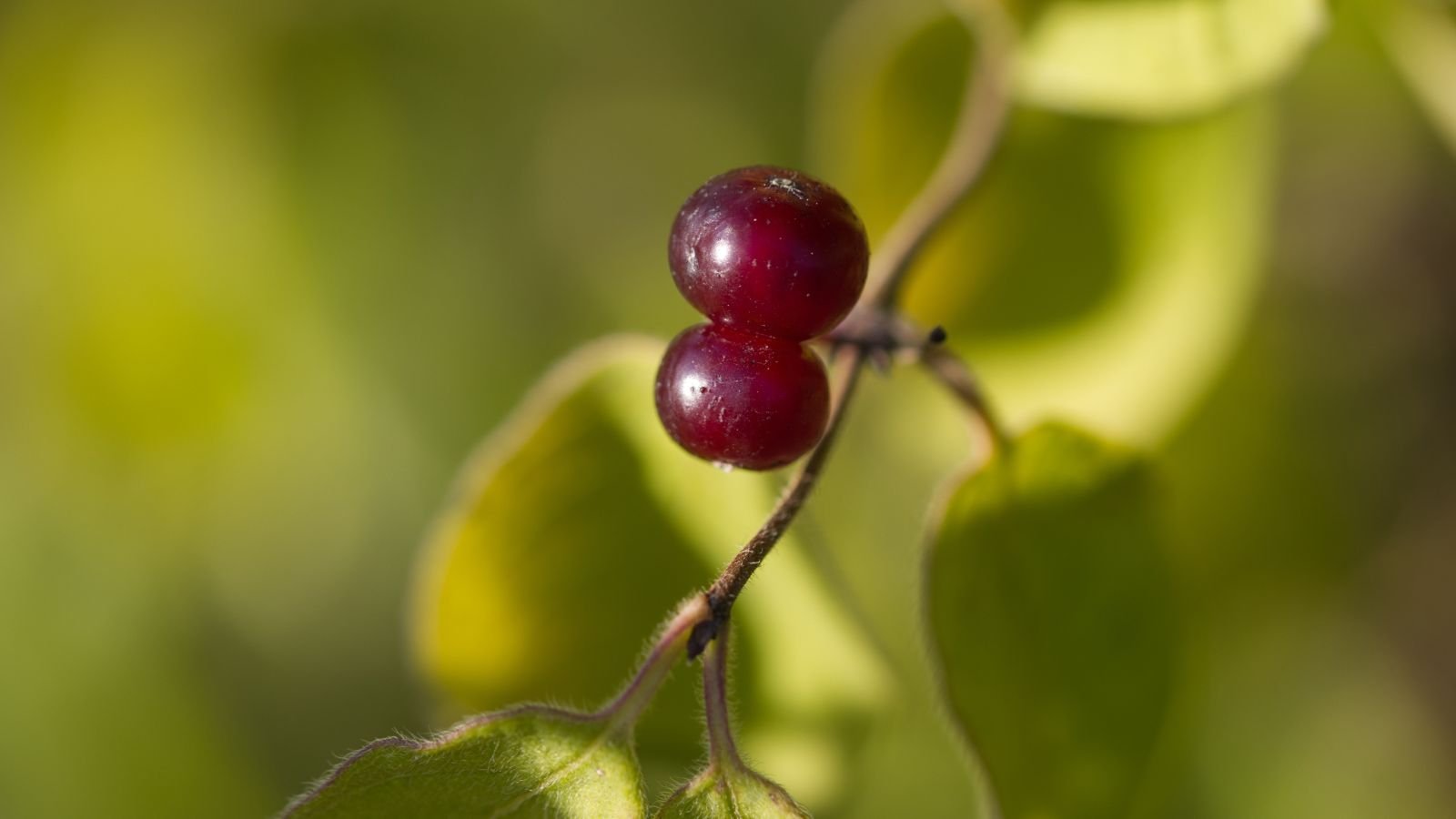 Once the flowers fade, small fruits appear.
Once the flowers fade, small fruits appear. After insects or hummingbirds pollinate the gorgeous trumpet-shaped flowers, small, round fruits appear in the fall. Each of these red berries contains multiple seeds that have the potential to turn into new plants.
If you want to use the seeds to propagate, ensure the seeds are fully developed. Avoid picking the fruits as soon as they appear; instead, allow them to fully ripen and turn soft. Once the fruits are ripe, squeeze them to remove the tiny seeds.
The seeds require a period of cold stratification to germinate. Leaving them outdoors during the winter is one way to meet their chilling requirements, but you can also place them in a sealed plastic bag in your refrigerator for a few months.
After the seeds have been exposed to cold, place them in a pot filled with a well-draining potting mix, then lightly cover them with the mix. Water the seeds well, set them somewhere warm, and watch for them to sprout. Move the container to a warm and bright location as soon as the seedlings emerge.
Continue to keep the soil mix moist as the seedlings grow. You can transplant them outdoors after they have at least two sets of leaves.
Stem Cuttings
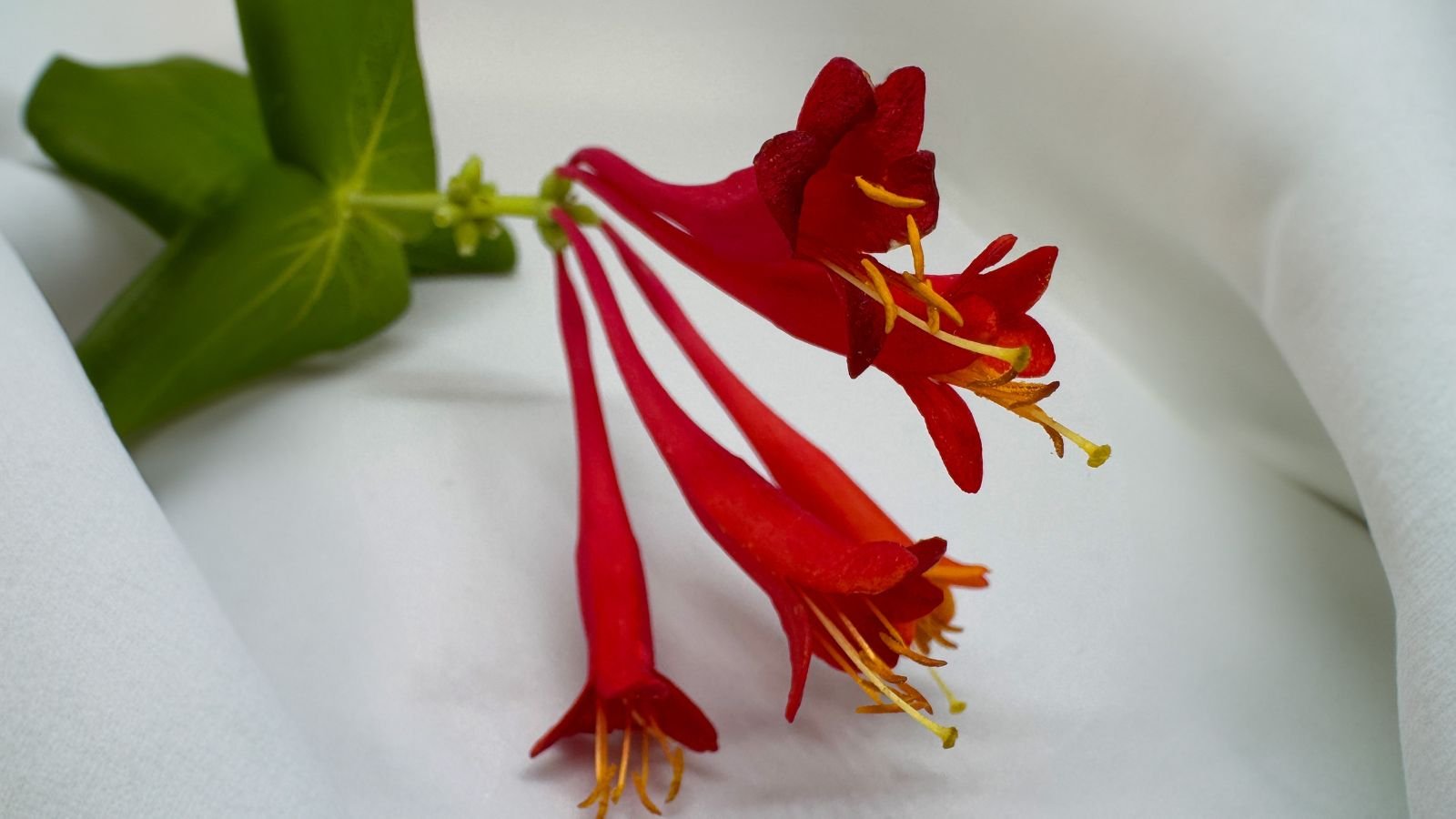 Propagating from stem cuttings is the easiest method.
Propagating from stem cuttings is the easiest method. Taking stem cuttings is another method for propagating ‘Major Wheeler’ honeysuckle. This method is quicker and more reliable than seeds, so it’s my preferred option.
In the late spring or early summer, take a six-inch cutting from the end of a stem. Remove the leaves from the bottom half of the cutting, then dip the cut end of the stem in a rooting hormone. Place the cut end of the stem in a container filled with a moist, well-draining potting mix.
Set the cutting in a warm, humid location out of direct sunlight. If you’d like, you can cover the cutting with a plastic container to help seal in moisture. Roots should begin to appear within a few weeks, and the cutting will be ready to transplant within a month.
Common Problems
Fortunately, ‘Major Wheeler’ honeysuckle doesn’t face many serious issues, especially if you plant it in a suitable location. Watch out for the following problems and treat them as necessary to keep your plants healthy.
Aphids
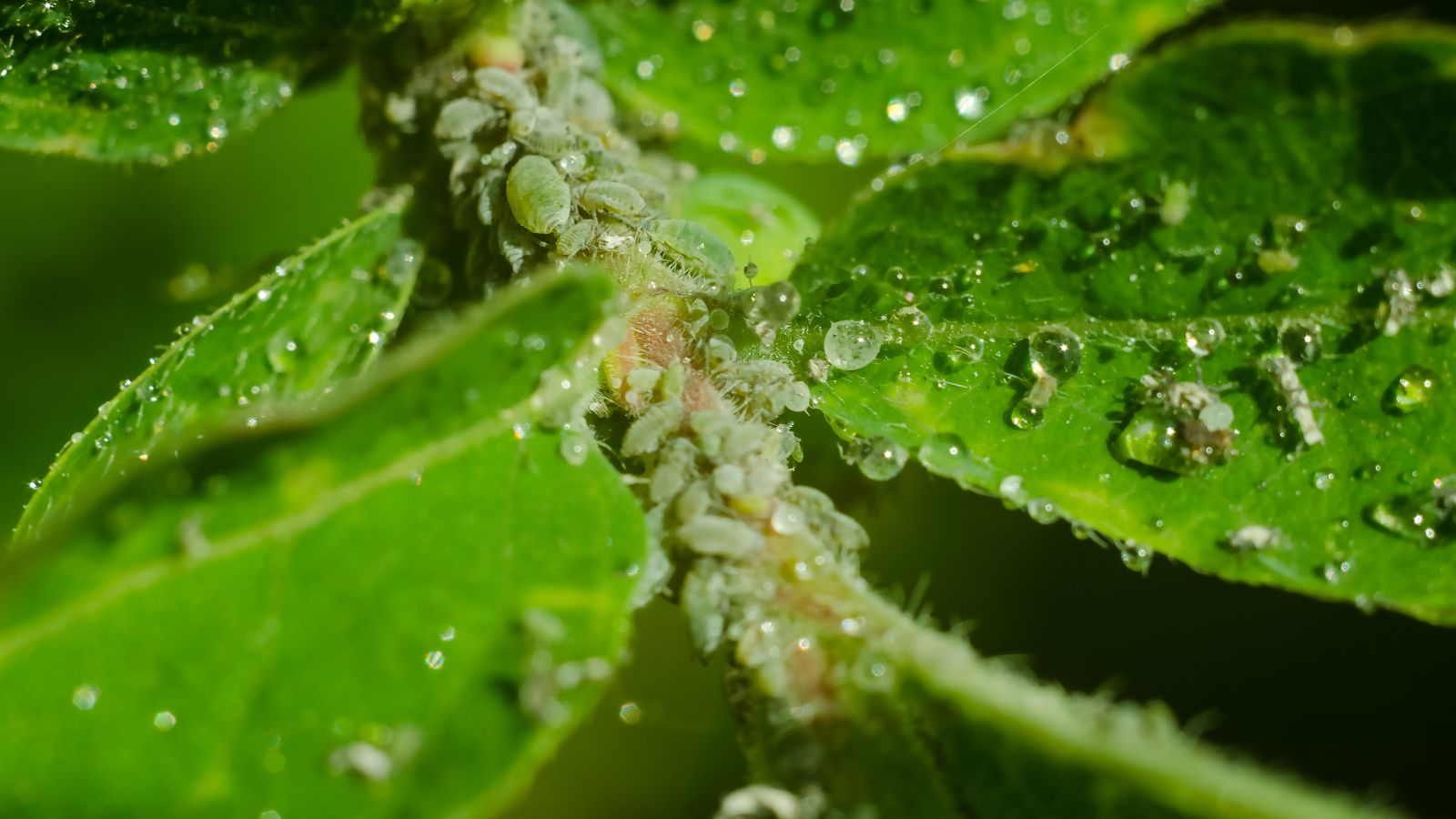 Watch out for aphids on leaves and stems.
Watch out for aphids on leaves and stems. Aphids are tiny, sap-sucking insects that attack a wide range of plants, including ‘Major Wheeler’ honeysuckle. They are less than a quarter of an inch long and come in colors including green, yellow, red, and brown.
A few of these pests aren’t a serious problem, but infestations can weaken plants and stunt their growth. Since aphids reproduce rapidly, a handful of pests can turn into thousands in just a few weeks.
When you consider their quick reproduction rates, it makes sense that you should remove aphids as soon as you spot them. Wiping the pests off the plant with a wet, soapy rag is an easy option, but you can also spray the aphids with neem oil or insecticidal soap. If you use a soapy rag, pick a garden-safe castile soap.
Natural predators, such as ladybugs, green lacewings, and hoverflies, also help keep aphid populations low. Avoiding broad-spectrum insecticides and planting a diverse array of flowering plants will support these beneficial bugs and eliminate the need to treat for aphids.
Powdery Mildew
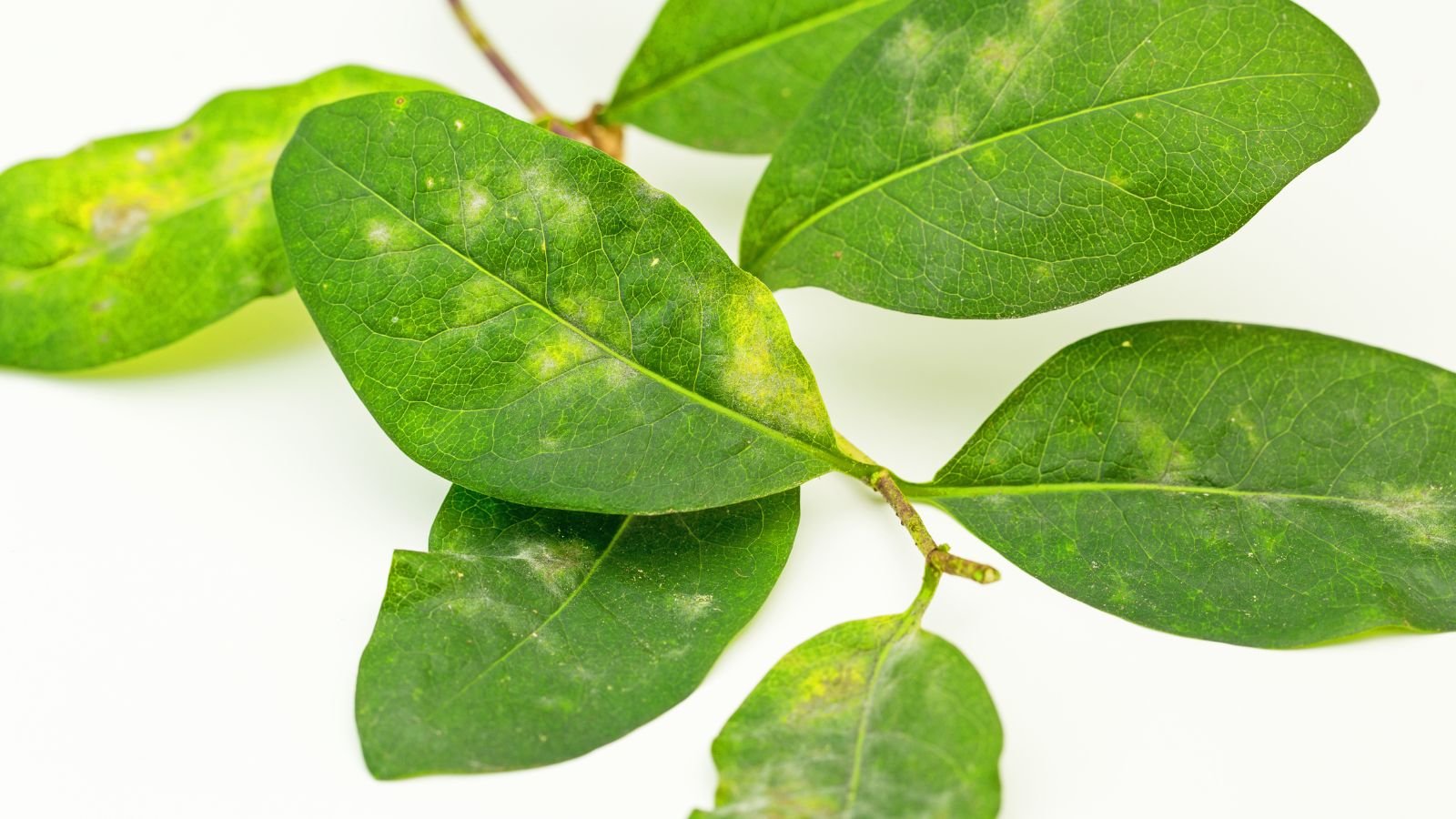 Limited airflow increases the risk of powdery mildew.
Limited airflow increases the risk of powdery mildew. Powdery mildew is a fungal disease that coats leaves with a white, powdery substance. The disease doesn’t severely harm plants, but it can limit photosynthesis and slow plant growth. In most cases, treatment isn’t necessary.
Prevention is often a better option than treatment. Allowing for good airflow around your plants and keeping the foliage dry can help prevent powdery mildew.
Frequently Asked Questions
‘Major Wheeler’ is a cultivar of the native coral honeysuckle, so it’s not invasive in the United States. That makes it a great alternative to invasive species like Japanese honeysuckle. However, the vines can grow up to twenty feet long and compete with other garden plants.
It depends on where you live. The plants will lose their leaves in northern climates, but the leaves may remain green year-round in zones eight and nine. Regardless, the perennial vines will produce new growth each spring.
Yes! The plants serve as a host for the snowberry clearwing moth and the spring azure butterfly. The tubular flowers provide food for hummingbirds, bees, and butterflies, and the red fruits provide winter nourishment for many birds and small mammals.


 5 days ago
9
5 days ago
9

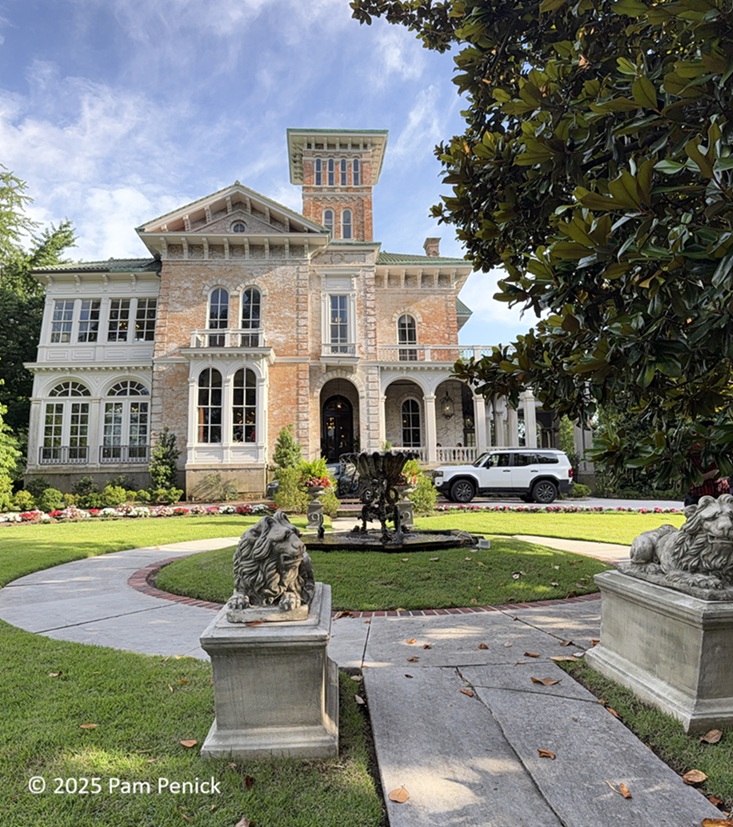


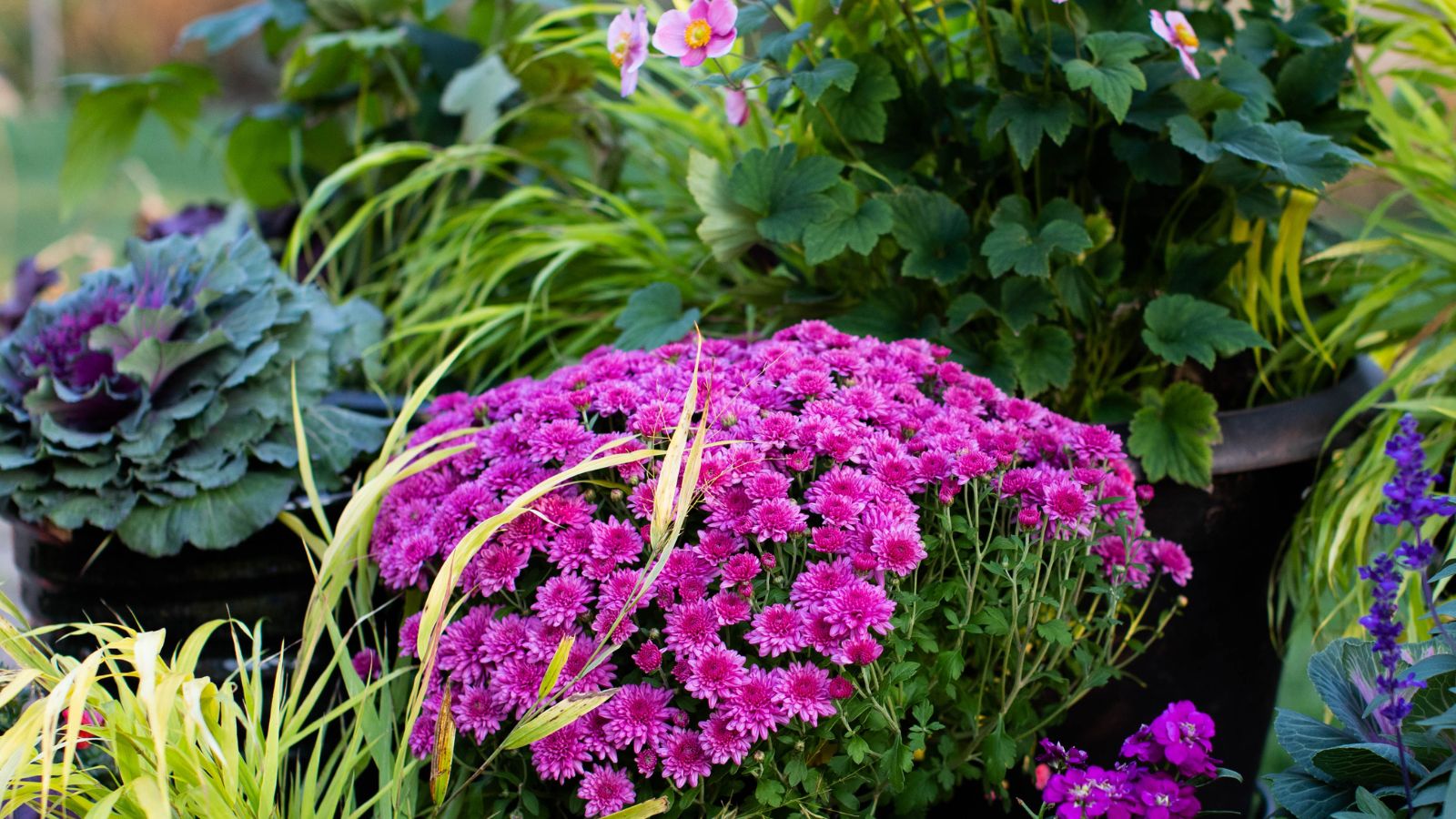
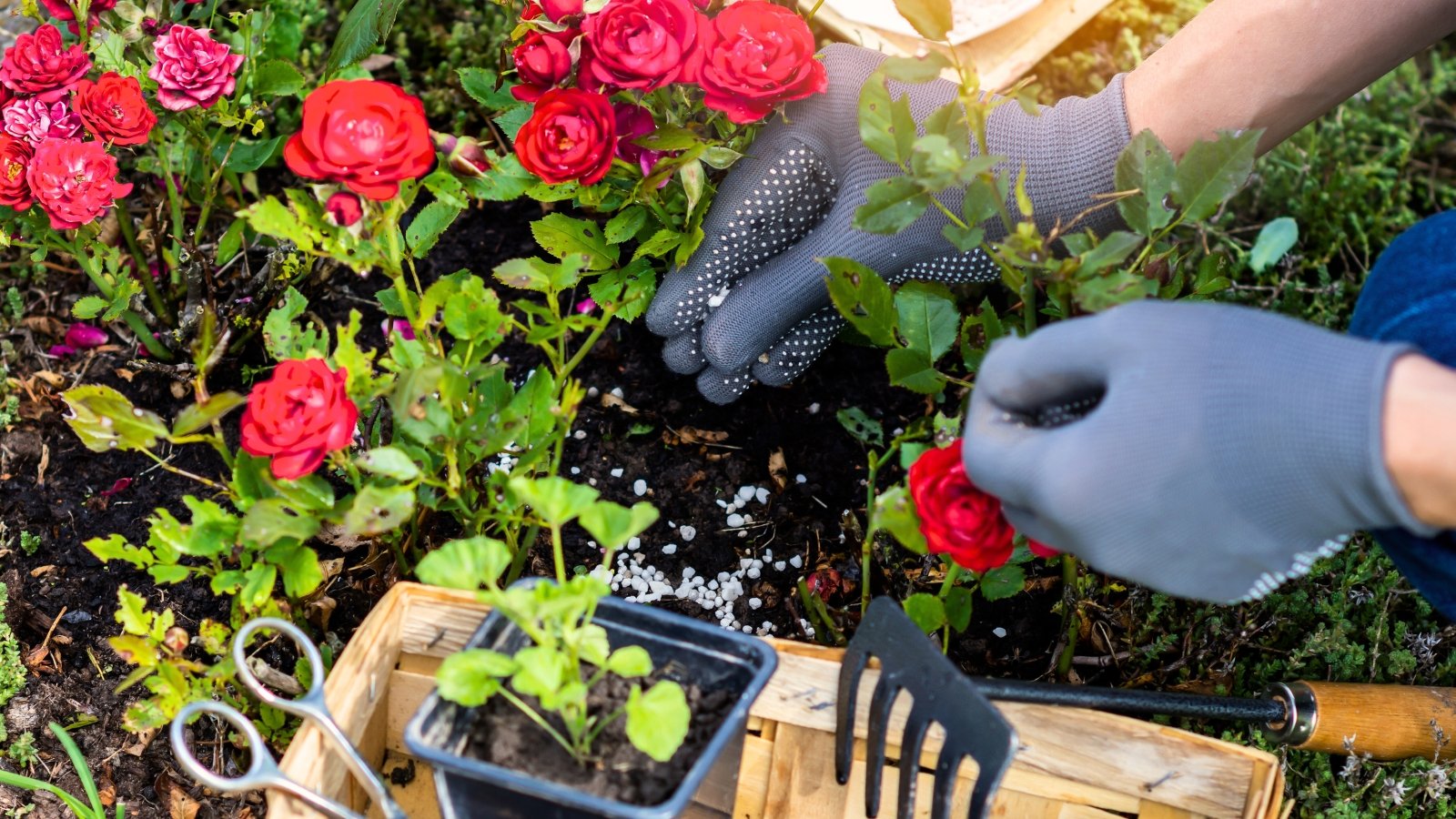
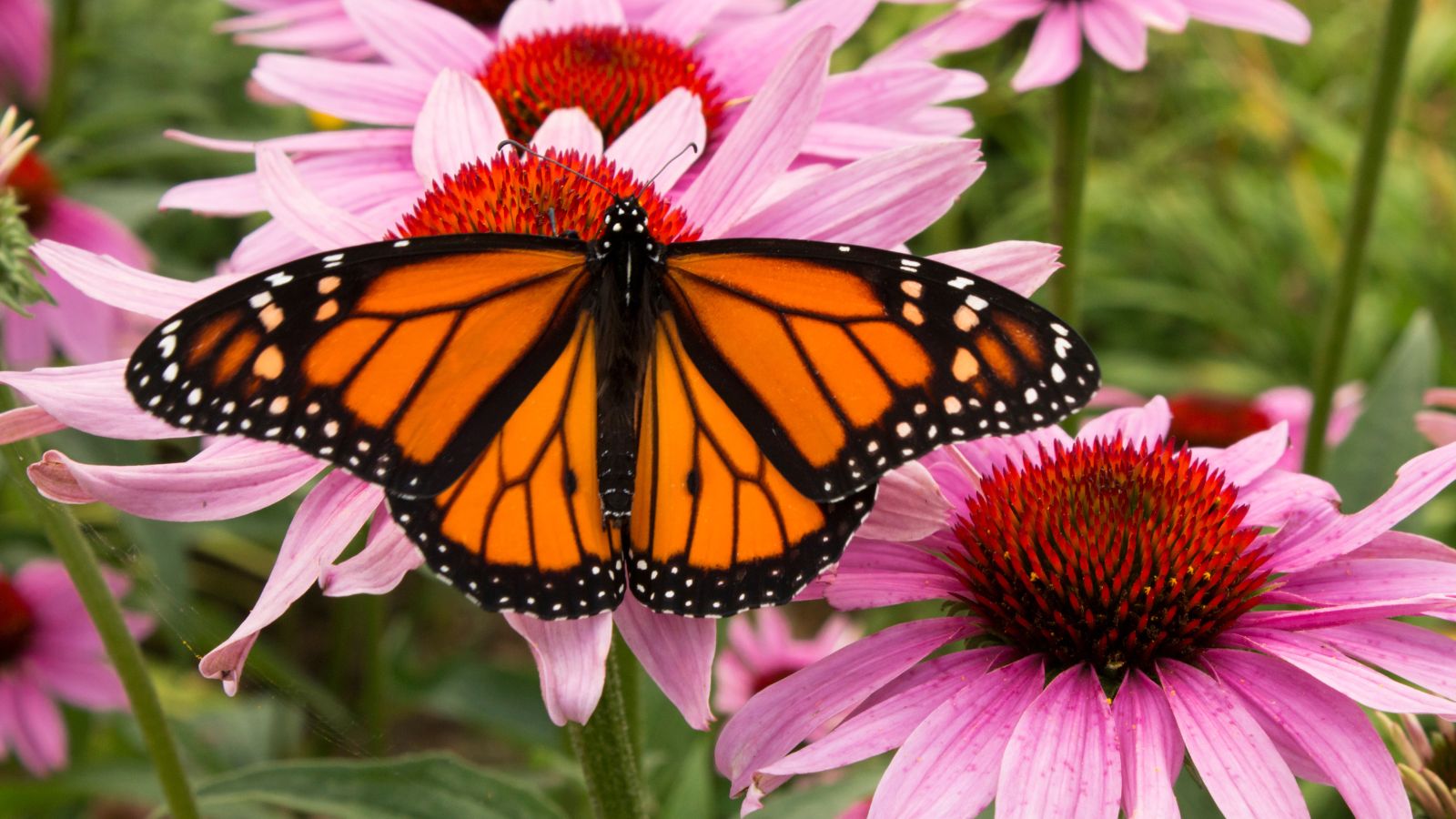














 English (US) ·
English (US) ·  French (CA) ·
French (CA) ·